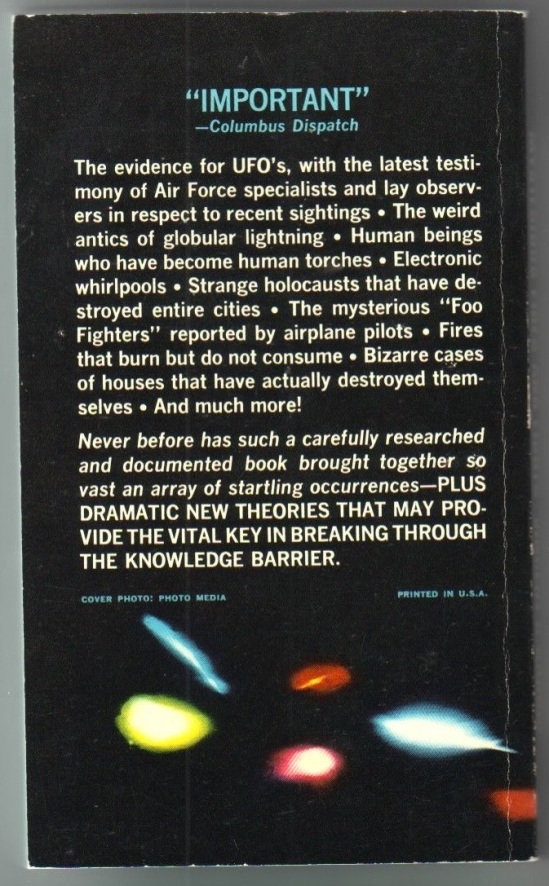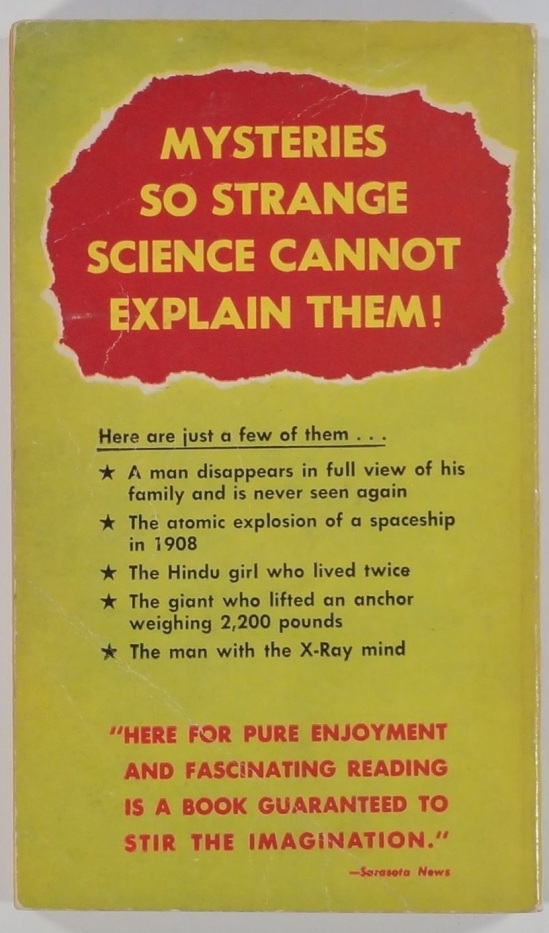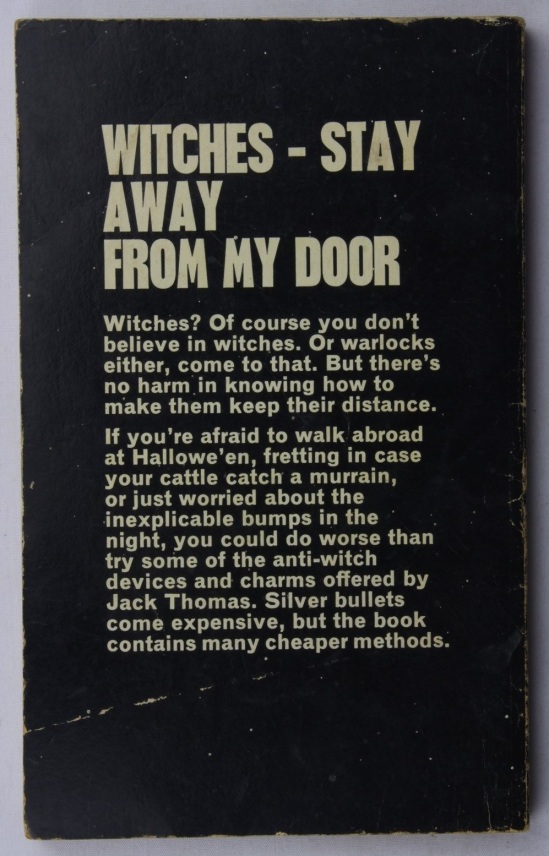Mysteries of the Gods is the 1977 English version of a 1976 West German documentary called Botschaft der Götter (“Embassy of the Gods”). Both films are based on Erich von Däniken’s book Besucher aus dem Kosmos (“Visitors from the Cosmos”), published in the U.S. as Miracles of the Gods in 1975. The English version is narrated by William Shatner, who stars in a number of added scenes.
The only major difference between the English film adaptation of Chariots of the Gods (1970) and the English version of Mysteries of the Gods is that the latter spends more time addressing the UFO phenomenon. (Harald Reinl directed both Chariots of the Gods and the original, un-Shatnerized Mysteries of the Gods; Charles Romine directed the American footage with Shatner.) We tread the same creatively presented non-evidence Däniken and his disciples have been plying for more than five decades—the Nazca Lines (as if aliens capable of intergalactic travel require a landing strip barely fit for a single-engine Cessna, or a rock outline of a monkey to navigate by), alleged man tracks alongside dinosaur tracks, the Moai of Easter Island and other monoliths, primitive cave paintings that supposedly resemble astronauts, and so on.
Shatner is amusingly over-the-top and charismatic throughout (love him or hate him), and he also seems genuinely interested in the subject at times. One of the many problems with the ancient astronaut hypothesis, which is simply and wholly a religion for a hyper-technological First World that can no longer relate to or abide the authoritarian (at worst) and mystical (at best) nature of the old time religions, is its persistent and seemingly racist devaluation of “primitive” human creativity and ingenuity. On the city of Nan Madol in Micronesia, Shatner says, following the Däniken script: “How is it possible for men alone, primitive men, to have accomplished these things?” Of the boomerang, invented by aboriginal Australians over 10,000 years ago, the script questions how these “primitive” people could have invented a weapon of such “refinement.” Nobody seems to doubt the achievements of the ancient Greeks or the Etruscans.
The most interesting moment of the film is Shatner’s interview with Jesco von Puttkamer, at the time a Senior Space Scientist for Advanced Programs of Space Flight at NASA. Not only does Shatner get him to admit that UFOs could be visiting from other galaxies, Puttkamer later says, when pressed about ancient alien visitation, that he doesn’t know how our genetic code evolved “unless it was—possibly—imported from somewhere else.” Shatner also interviews John Billingham from NASA/SETI; Anna Mitchell-Hedges, an ancient astronaut believer who allegedly discovered what’s now called the Mitchell-Hedges skull—Shatner really hams it up here; alleged psychic Jeanne Dixon, who predicted in 1976 that “beings from outer space will land” in August 1977 (still waiting, Jeanne); a “parapsychologist”; and the director of the “Exosociology Institute” in Florida.
The appeal of ancient aliens lies in the elegance of the creation myth, to borrow a phrase from Richard McKenna. In the 1970s, kids dreamed of being swept up into the stars by benevolent beings, who would surely have a full catalog of Atari games and a comics warehouse stashed in their massive, green-apple-shag-carpeted spacecraft, and there would be no parents to tell us when to go to bed, no cigarette-smoking cool kids to beat us up. The myth still appeals to me as myth, as an expression of cosmic curiosity and the belief, not entirely unfounded, that somewhere out there is a species worthier of the universe. The irony is that the ancient alien hypothesis, like all religions, disparages and corrupts the poetic power of myth by trying to force it into reality.
As of now, you can watch the English version of Mysteries of the Gods here. The original version is here.
I also found some neat theater listings and an alternate poster, as seen below.
(Images via Pinterest, Held Over Movies, and Technicolour Yawn)


























